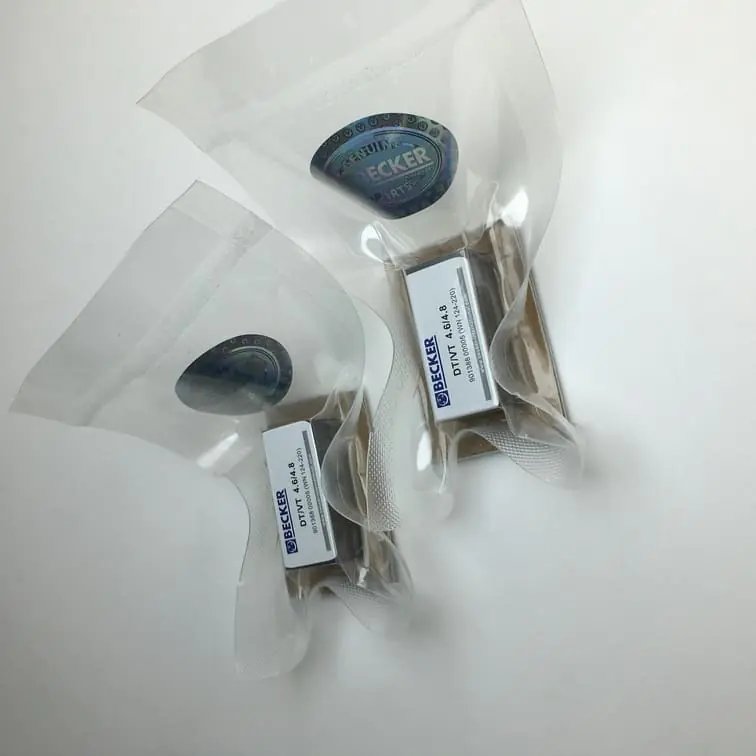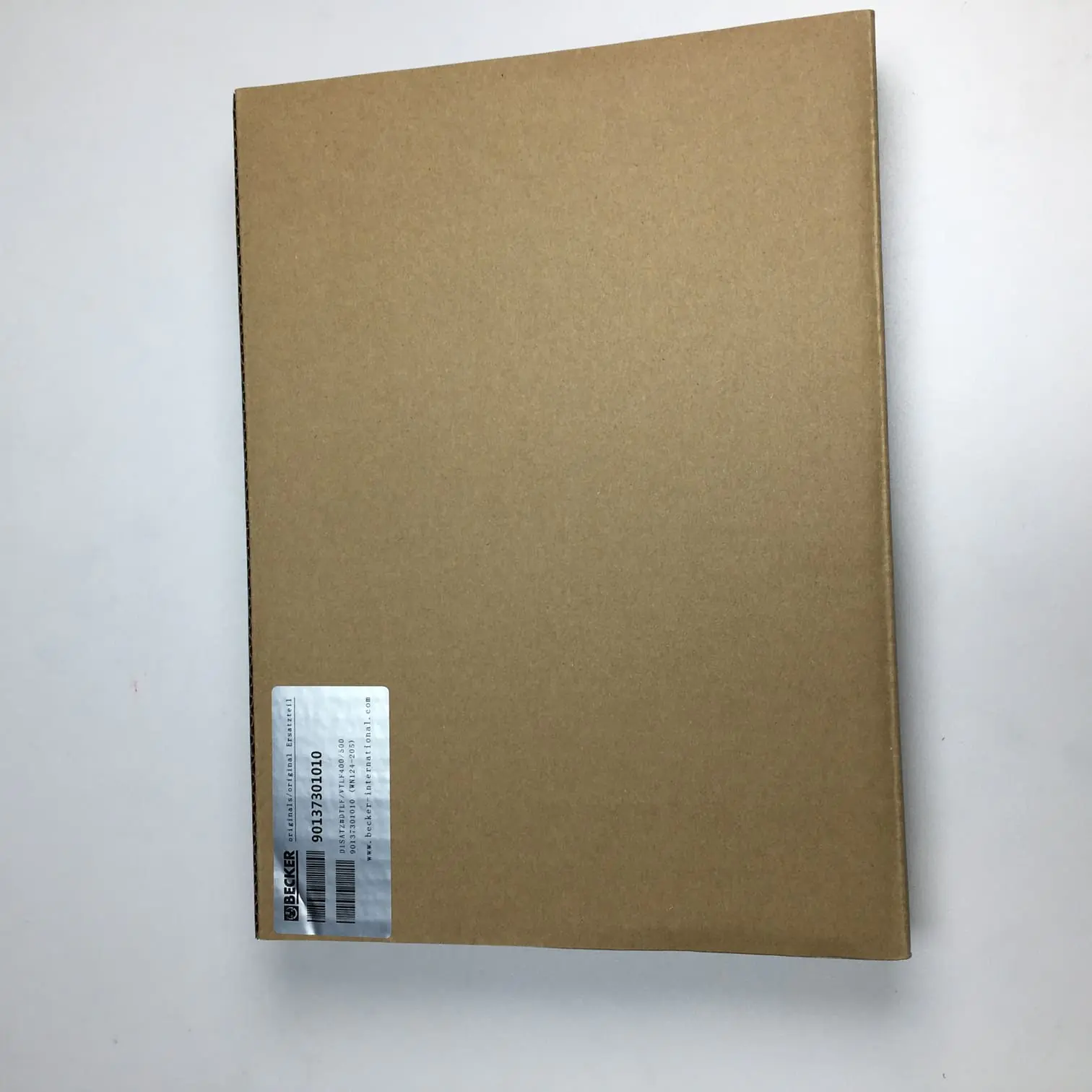Understanding the concept of vacuum degree is fundamental for anyone dealing with vacuum pumps, especially in the context of industries like carbon vane and filter for vacuum pumps. The term “vacuum degree” refers to the pressure measurement that indicates the level of vacuum within a system. It’s crucial for determining the effectiveness of a vacuum pump, and it has a significant impact on the performance of equipment in various sectors, from medical applications to food processing and manufacturing.
In this detailed guide, we will explain what vacuum degree is, its importance, and how it works in conjunction with different types of pumps. If you are considering using or maintaining a vacuum pump, this article will provide you with everything you need to know.
Understanding Vacuum Pressure
What Is Vacuum Pressure?
Vacuum pressure refers to pressure levels that are below atmospheric pressure. Essentially, it measures how much lower the pressure is compared to the normal atmospheric conditions around us. Vacuum pumps are devices that help create these lower pressure levels by removing gas molecules from a sealed volume, thus creating a vacuum.
There are three primary types of pressure commonly discussed in vacuum technology:
- Atmospheric Pressure: The pressure exerted by the weight of air in the Earth’s atmosphere at sea level, approximately 1013 mbar.
- Absolute Pressure: The pressure measured relative to a perfect vacuum (zero pressure).
- Vacuum Pressure: The pressure within a sealed environment where the number of gas molecules has been reduced to a level below atmospheric pressure.
The term vacuum degree is used to describe the extent of the vacuum created, which is commonly measured in mbar or Torr.
How Is Vacuum Degree Measured?
The vacuum degree is measured using devices called vacuum gauges. There are several types of gauges that can be used, depending on the range of vacuum you are working with, including:
- Bourdon Tube Gauges: Suitable for measuring rough vacuum pressures.
- Pirani Gauges: Typically used for medium to high vacuum pressures.
- Ionization Gauges: Used for ultra-high vacuum levels.
A high vacuum degree indicates a very efficient pump with a low number of gas molecules left in the volume, while a low vacuum degree indicates a less effective vacuum.
“The higher the vacuum degree, the closer it is to an ideal or perfect vacuum, indicating fewer gas molecules within the system.”
Types of Vacuum Pumps and Their Uses
Different Types of Vacuum Pumps
There are multiple types of vacuum pumps, each suited to different applications depending on the desired level of vacuum. Here are the most common types:
| Type | Description | Common Use |
|---|---|---|
| Rotary Vane Pumps | Utilize rotating vanes to create suction | General-purpose, food industry |
| Water Ring Vacuum Pumps | Use water as a seal to create vacuum | Chemical and pharmaceutical |
| Diaphragm Pumps | Use a flexible diaphragm to create vacuum | Laboratories, low-contamination |
- Rotary Vane Pumps are often used where a moderate vacuum is required. They feature carbon vanes, which are crucial for the pump’s operation and longevity. For example, 90138800005 | WN 124-220 Original Becker Set of 5 Vanes can be an excellent replacement choice for these pumps.

- Water Ring Pumps are used when dealing with aggressive chemicals, as the use of water as a seal helps to manage contamination.
- Diaphragm Pumps are ideal when oil-free operation is required, such as in medical or laboratory applications.
Selecting the Right Vacuum Pump
Choosing the correct vacuum pump requires understanding the vacuum degree required for your specific application. Factors that influence the selection of a pump include:
- Desired Vacuum Level: Different applications require different levels of vacuum. Rotary vane pumps are perfect for moderate levels, while water ring vacuum pumps are used for deeper vacuums.
- Operating Conditions: The temperature, humidity, and potential contaminants all influence the type of pump required.
- Maintenance Needs: Pumps that require carbon vanes will need regular vane replacements to maintain efficiency. Using high-quality replacement parts, like the 90137301010 | WN 124-205 Original Becker Set of 10 Vanes, can extend the life of the pump.

Absolute vs. Vacuum Pressure
The Relationship Between Absolute and Vacuum Pressure
Absolute pressure measures pressure relative to a perfect vacuum, while vacuum pressure measures the pressure relative to the atmosphere. Here’s how they differ:
- Absolute Pressure (Pabs): Measured from absolute zero pressure, which represents a complete vacuum.
- Vacuum Pressure (Pv): Measured relative to the current atmospheric pressure. It’s effectively the difference between atmospheric pressure and the pressure inside the vacuum.
The formula for calculating vacuum pressure is:
[
Pv = Patm – Pabs
]
Where:
- Pv is the vacuum pressure.
- Patm is the atmospheric pressure.
- Pabs is the absolute pressure.
“Absolute pressure is always higher than vacuum pressure since it includes the atmospheric component.”
Understanding these concepts helps in selecting a vacuum pump that fits your vacuum degree requirements.
Example Use Case of Absolute and Vacuum Pressures
Consider a water ring vacuum pump used in the chemical industry. The vacuum level required for a specific chemical distillation process is an absolute pressure of 100 mbar. To achieve this, the vacuum pump must create a pressure significantly lower than the atmospheric pressure (1013 mbar at sea level). Thus, the vacuum degree of the pump should be capable of consistently achieving the required absolute pressure.
Why Is the Vacuum Degree Important?
Impact on Equipment Performance
The vacuum degree is directly related to how well a vacuum pump can perform its job. A high vacuum degree means:
- Better Efficiency: The pump removes more gas molecules, creating a cleaner and more controlled environment.
- Reduced Contaminants: Especially important in sensitive applications like pharmaceuticals, where reducing contaminants can make or break a batch of product.
- Lower Maintenance Costs: Proper vacuum levels mean fewer breakdowns and less wear on equipment.
Monitoring Vacuum Degree in Industrial Applications
In industries that use vacuum pumps extensively, such as food packaging or automotive, it is crucial to regularly monitor the vacuum degree. Any significant deviation from the required vacuum can lead to:
- Product Quality Issues: Improper vacuum levels can affect the texture, shelf-life, or safety of packaged food.
- Increased Wear and Tear: Running the pump at suboptimal conditions increases the load on various components, including the carbon vanes and filters.
The Role of Water Ring Pumps in Achieving a Desired Vacuum Degree
Water Ring Vacuum Pumps and Their Mechanism
Water ring vacuum pumps are frequently used for moderate to high vacuum applications. The vacuum degree in these pumps is achieved using water as a sealing fluid, which forms a rotating ring inside the pump’s chamber to create the vacuum. They are particularly useful in handling vapor-laden gases.
- How It Works: As the impeller rotates, the water is thrown against the casing, creating cavities between the impeller blades. This action helps draw in and compress gas molecules, generating a vacuum.
- Applications: These pumps are widely used in the chemical, pharmaceutical, and mining industries.
Why Choose a Water Ring Pump?
Water ring vacuum pumps are ideal for processes that generate vapors since the water acts as a coolant and can absorb the heat generated during compression. They also tolerate small particles, unlike other pump types that require very clean environments.
However, to maintain a consistent vacuum degree, it’s important to ensure:
- Proper Water Supply: Insufficient water supply can reduce the vacuum degree, compromising the efficiency of the pump.
- Good Quality Vanes: If the vanes become worn, the pump will lose its ability to maintain the desired vacuum.
Tips for Maintaining Vacuum Pumps
Routine Maintenance to Maintain the Vacuum Degree
Maintaining an optimal vacuum degree is contingent on regular and proper maintenance. Below are some crucial maintenance tasks:
- Oil Quality Check: If the pump uses oil, ensure it is of the correct viscosity and quality. Milky oil indicates contamination, which can reduce the vacuum degree.
- Inspecting Carbon Vanes: Regularly inspect and replace carbon vanes as needed. The 90138800005 | WN 124-220 Original Becker Set of 5 Vanes is recommended for reliable performance.

